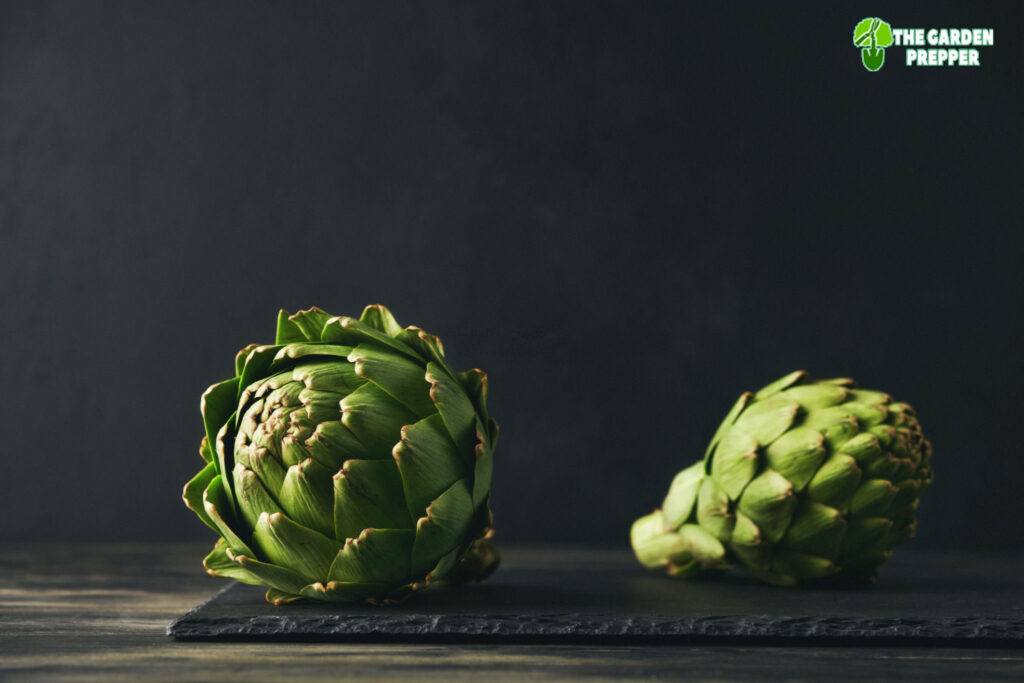There are various gardeners who enjoy planting artichoke at home, harvesting it to cook delicious dishes with. However, not all parts of the artichoke are edible! This may have you wonder about the outer shell or its hairy part.
What happens if you eat the hairy part of an artichoke anyway?
This article will tackle what you should know about consuming artichoke and what you should (and shouldn’t) eat.

What Happens If You Eat the Hairy Part of an Artichoke?
The artichoke is a unique vegetable that one can make into a yummy and nutritious meal, having a ton of nutrients.
Those who are handling this vegetable for the first time might be confused with what they can eat, though. Since they are, admittedly, strange-looking vegetables, you wouldn’t know where to start as you cut the edible and inedible parts. They have a mass of thick leaves that cover their core, having a long stem that you wouldn’t know what to use it for.
Those who have grown up eating artichoke are familiar with the process, a pretty simple one at that. All you need to do is to peel off the petals and scrape the tender portions to consume. You can also eat the heart.
However, there are certain parts that should NOT be eaten, namely the actual leaves and even the hairy parts of the artichoke. While the ‘choke’ and hairy part of the vegetable is considered safe to consume, it is actually a choking hazard (like the name artichoke).
With all this in mind, you will need to be mindful about how to cut the artichoke and remove the parts that shouldn’t be eaten. Even when cooked, it is still considered a choking hazard. As you cut the artichoke, you’ll also feel like some parts of the plant are better off disposed of than consumed, so use your better judgment.
If the choke was consumed, it is NOT poisonous but if you or a loved one chokes on it, do seek emergency help immediately!
Eating Artichoke
Just because the hairy parts of the artichoke shouldn’t be eaten doesn’t mean you should be discouraged from consuming the vegetable!
You can eat most of the artichoke vegetables without any worry, such as the stem, inside its leaves, and the heart. In fact, artichoke hearts are one of the favorite parts eaten!
When you will eat an artichoke, there are various methods you can follow when cutting the vegetable. However, this would depend on the recipe you plan to use for the artichoke.

In general, you just need to cut off the sharp parts of the leaves of the vegetable to easily peel off later. After cooking (usually steaming) the artichoke, drain it to remove boiling water in the plant. Then, peel the outermost part of the leaves away, and by then, you can see which parts of the leaves are edible.
Dispose of the hard outer shells of the leaves and continue cutting through the artichoke until you reach its center. This will show the hairy core and the heart, with the eaves looking purple and translucent as you reach this part. You may continue pulling off leaves but I recommend not consuming these leaves, as they are very sharp and dangerous to consume.
Now, you can see the hairy part of the vegetable, known as the choke. This is what you should NOT eat, so you can remove it by scraping it with a utensil, such as a spoon or a fork. That’s when you are exposed to the heart, which you can consume.
The inner and edible parts of the leaves are lighter in color, making them distinct from the other leaves. Then, you can consume it or cook it in however way you want to! Dip it with butter or mayo, or any other dip, or you can follow different recipes that require artichoke.
The heart is also edible, like the leaves, with a dip or by cooking it. You may consume the hard and fibrous leaves, though they don’t taste great and may be a choking hazard. It’s much better to dispose of the leaves’ shells and outer parts.
Wrapping It Up
You can eat artichokes raw or cooked, being a versatile and yummy crop to grow and consume. However, be wary about the outer shell and its hairy parts, as this is not edible! While it isn’t poisonous, it’s a choking hazard and poses a risk to eat, especially for children and pets.
Now that you know what you shouldn’t eat in an artichoke, learn more about the fruits and vegetables you harvest and what you can eat in them. Happy gardening!
